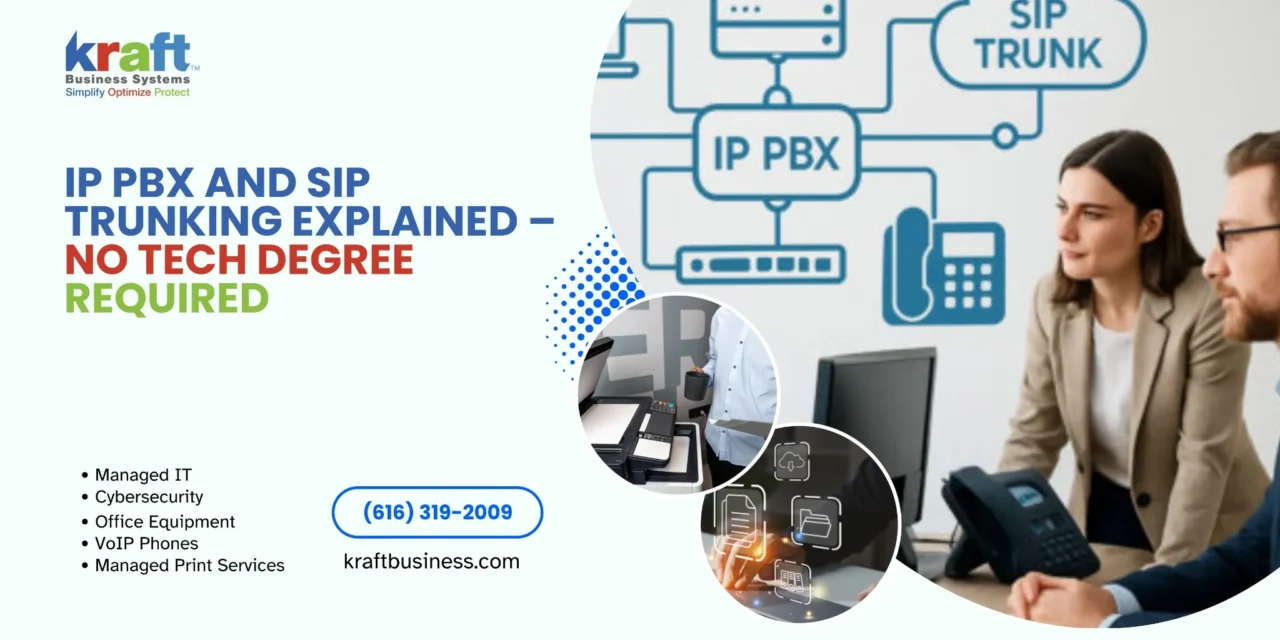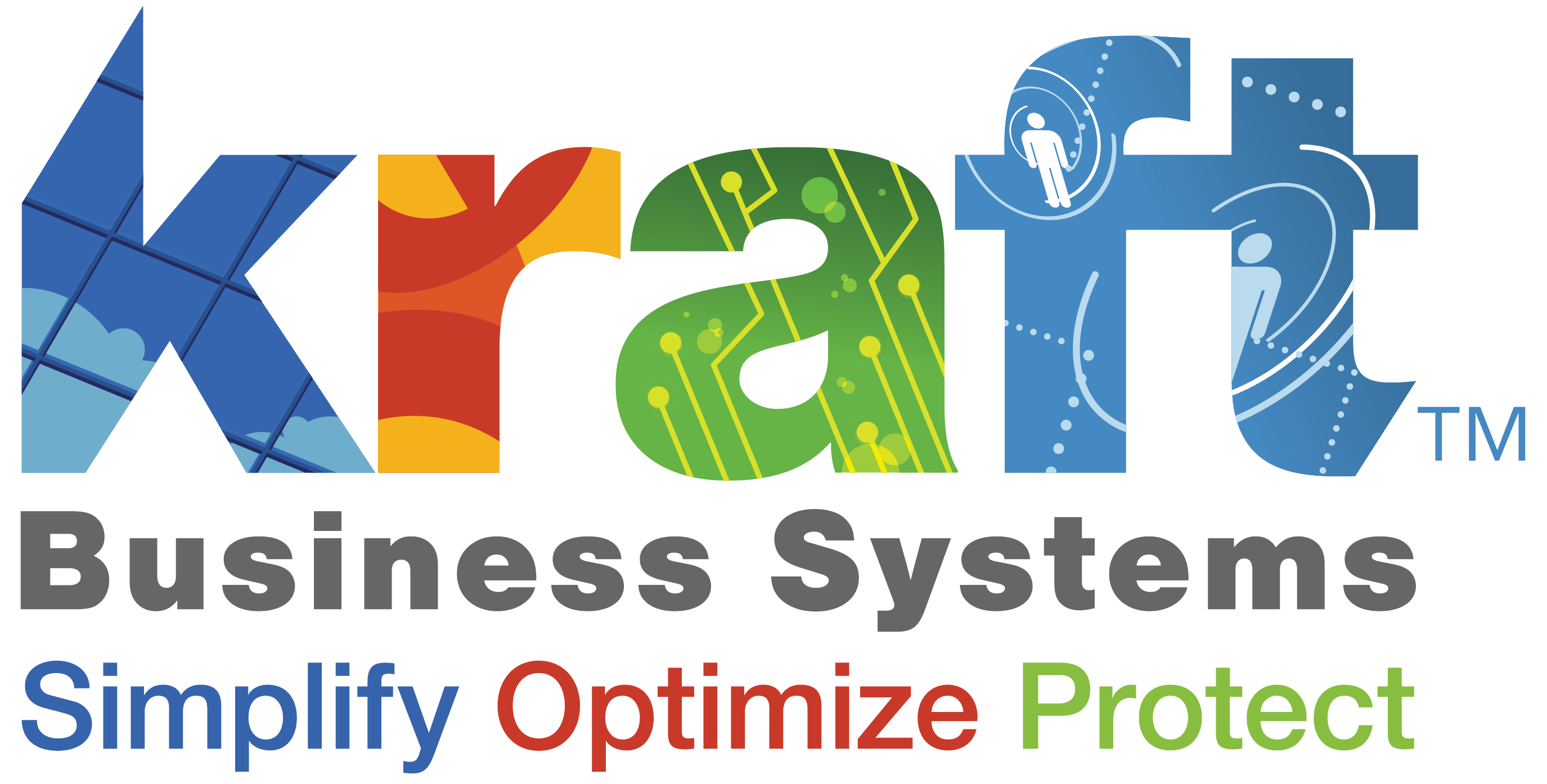IP PBX and SIP trunking are the foundation of today’s business phone systems, replacing outdated copper lines with internet-based communications that save money and add flexibility. If you’re comparing these technologies, here’s what you need to know:
| Technology | What It Is | Primary Benefits |
|---|---|---|
| IP PBX | The “brain” of your phone system that manages calls and routes them to the right person | Scalable, feature-rich, works over internet |
| SIP Trunking | The virtual “lines” that connect your phone system to the outside world | Cost savings, flexibility, no physical limitations |
Many businesses struggle with outdated phone systems that are expensive to maintain and lack modern features. According to research, 49% of businesses report that legacy technology is hurting their operations.
IP PBX (Internet Protocol Private Branch Exchange) is essentially a modern phone system that uses internet protocols instead of traditional phone lines. It handles all your internal and external calls through a central system that can be installed on-site or hosted in the cloud.
SIP trunking (Session Initiation Protocol) provides the connection between your IP PBX and the outside world. Think of it as replacing physical phone lines with virtual ones that run over your internet connection.
Together, they create a complete business communication system that:
- Reduces monthly phone bills by eliminating expensive copper lines
- Scales up or down easily without hardware changes
- Enables remote work through softphones and mobile apps
- Integrates voice, video, and messaging in one system
- Provides advanced features like auto-attendants and call routing
The best part? You don’t need technical expertise to understand or implement these solutions. With the right provider, transitioning to modern communications can be seamless and stress-free.

IP PBX & SIP Trunking: A Modern Business Communication Guide
IP PBX Basics: The Brains Behind Your Business Calls
An IP PBX (Internet Protocol Private Branch Exchange) is the central nervous system of your modern business phone setup. Unlike traditional phone systems that rely on physical copper wires and circuit switching, IP PBX uses packet switching technology to send voice and data over your existing internet connection.
Think of your IP PBX as a smart traffic controller. When someone in your office makes a call, the IP PBX determines where that call should go—whether to another extension in your office, to voicemail, or out to the wider world. It handles all this using the same type of data packets that carry your emails and web browsing.

The beauty of an IP PBX is its flexibility. You can add new extensions without running new wires, program complex call routing rules with a few clicks, and even have calls follow employees to their mobile devices or home offices.
At Kraft Business Systems, we’ve helped numerous businesses across Michigan, from Grand Rapids to Detroit, transition to IP PBX systems that dramatically improve their communications while reducing costs.
Evolution From Legacy PBX to IP
Traditional PBX systems have been the backbone of business communications for decades. These systems used Time Division Multiplexing (TDM) technology, which essentially assigned each call its own dedicated circuit for the duration of the conversation.
The evolution to IP-based systems represents a fundamental shift in how business communications work:
- Legacy PBX: Dedicated hardware, physical phone lines, limited scalability, expensive maintenance
- IP PBX: Software-based, internet connectivity, highly scalable, lower maintenance costs
Despite the clear advantages of IP PBX systems, PBX still accounts for 40% of all network-driven unified communications sales. Many businesses continue to use legacy systems because they’re familiar or because of concerns about migration complexity.
However, with 49% of businesses reporting that outdated technology is hurting their operations, the case for upgrading becomes increasingly compelling. Legacy systems simply cannot support the mobility, integration, and collaboration features that modern businesses require.
Core Components & Architecture
A modern IP PBX system consists of several key components working together:
- Call Control Server: The brain of the system that manages all call processing, routing rules, and features
- Media Server: Handles audio processing, conferencing, voicemail, and other media-related functions
- Endpoints: IP phones, softphones (software on computers), and mobile applications
- Gateways: Connect your IP PBX to the traditional phone network when needed
- LAN/WAN Integration: Allows your phone system to work across your office network and beyond
The architecture can be:
- On-premise: Where you own and maintain the IP PBX hardware and software in your office
- Hosted/Cloud: Where a provider maintains the IP PBX in their data center, and you connect to it over the internet
For businesses in Michigan looking to modernize their communications, our team at Kraft Business Systems can help you determine which architecture best suits your needs, whether you’re a small business in Traverse City or a multi-location enterprise with offices throughout Detroit, Grand Rapids, and beyond.
IP PBX & SIP Trunking: A Modern Business Communication Guide
SIP Trunking 101: Virtual Highways for Voice, Video & Messaging
Ever wondered how modern business phone calls actually work? SIP trunking might sound technical, but it’s actually quite simple. Think of SIP (Session Initiation Protocol) trunking as creating virtual phone lines that connect your office phone system to the outside world through your internet connection.
Gone are the days when your business needed physical copper wires running into your building. With SIP trunking, those phone lines exist virtually – they’re essentially permission for your business to send a certain number of simultaneous calls over your existing internet connection.
“Many of our clients are surprised by how simple the concept really is,” explains our team at Kraft Business Systems. “You’re just replacing physical phone lines with internet-based ones that can do so much more.”
Picture your internet connection as a modern superhighway replacing the old, expensive country road (those copper phone lines). This new superhighway doesn’t just carry voice calls – it handles video, messaging, and other communications all at once, and usually at a fraction of the cost.
The beauty of ip pbx sip trunking is in its efficiency. You only need enough “trunks” to handle your peak call volume. For example, a 20-person office might only need 6 SIP trunks if they rarely have more than 6 people on external calls at the same time.
SIP vs. PRI vs. Pure VoIP
Understanding where SIP trunking fits in the communications landscape helps clarify your options:

PRI (Primary Rate Interface) is the traditional approach – physical circuits that typically come in blocks of 23 channels. You pay for all 23 whether you use them or not. They require specialized hardware and are limited mostly to voice calls and fax.
SIP Trunking offers virtual connections over your internet. You can purchase exactly what you need – even just one channel at a time. The capacity is flexible, with options to “burst” during peak times. It works perfectly with IP PBX systems and supports voice, video, messaging, and other data types.
Pure VoIP runs entirely over the internet and often refers to hosted or Cloud-Based VoIP phone systems. There’s no on-premise PBX required, and you’re usually billed per user rather than per line. It’s a complete unified communications solution.
For many Michigan businesses, SIP trunking offers the perfect middle ground – you can keep your existing phone system investments while gaining internet-based communication benefits.
Features & Capabilities Businesses Love
Our clients across Michigan consistently rave about these SIP trunking features:
Bursting capability lets you automatically handle call spikes without paying for capacity you rarely use. When that seasonal rush hits or your marketing campaign generates extra calls, your phone system keeps up.
Geographic flexibility means you can have phone numbers from anywhere – a Grand Rapids business can have Detroit, Traverse City, and Kalamazoo numbers, creating a local presence without physical offices.
Built-in failover automatically reroutes calls to mobile phones or alternate locations during outages. When that Michigan winter storm knocks out power, your business keeps answering calls.
Unified communications integration brings your voice calls together with video conferencing, instant messaging, and presence information. Your team stays connected however they work best.
Web-based management lets you administer your entire phone system through a simple portal – add lines, change routing, or update settings without calling for technical support.
Direct Inward Dialing (DID) gives employees their own direct numbers without needing separate physical lines, making your small business look more professional and established.
Disaster recovery features keep you connected during emergencies with redundant systems that maintain business continuity when the unexpected happens.
“The ability to maintain local presence in multiple markets has been a game-changer for our clients,” notes our Kraft Business team. “A business based in Grand Rapids can appear local to customers across Michigan without the overhead of multiple offices.”
Want to learn more about how ip pbx sip trunking can transform your business communications? Explore our Cloud-Based VoIP solutions for more information.
IP PBX & SIP Trunking: A Modern Business Communication Guide
IP PBX SIP Trunking: How They Work Together Seamlessly
The real magic happens when IP PBX and SIP trunking join forces. Think of your IP PBX as the smart command center handling all your internal calls and features, while SIP trunking serves as the bridge connecting your business to the outside world.
Here’s what happens when someone calls your business:
- Someone dials your business number
- Their call travels through the public telephone network to your SIP trunk provider
- Your SIP provider sends the call to your IP PBX via your internet connection
- Your IP PBX applies your custom routing rules (based on time, department, etc.)
- The call reaches the right person on their desk phone, computer, or mobile app
This entire journey takes just milliseconds, creating a smooth experience for both callers and your team.

A key player in this partnership is the Session Border Controller (SBC). Think of it as your communications security guard, standing between your network and the outside world. The SBC manages quality of service (QoS), ensures proper bandwidth allocation, and provides essential security protections.
Here at Kraft Business Systems, we’ve helped countless Michigan businesses implement seamless IP PBX and SIP trunking solutions that work flawlessly together. Our customers enjoy reliable, crystal-clear communications without having to worry about the technical details happening behind the scenes.
IP PBX SIP Trunking for Scalability & Savings
When IP PBX and SIP trunking team up, your business gains remarkable flexibility and cost benefits.
On the scalability side, you can add new phone lines in minutes instead of waiting days or weeks for a technician visit. Need to scale up during your busy season? No problem. Expanding to a new location? Your phone system grows with you without requiring a whole new setup. Even better, your remote workers enjoy the same features as your office staff, creating a unified experience regardless of location.
The savings are just as impressive. You’ll say goodbye to expensive PRI circuits or analog phone lines. Long-distance charges become minimal or disappear entirely. Your voice and data networks combine into one efficient system, and with hosted options, you can significantly reduce hardware investments. Best of all, you only pay for what you actually use.
One of our Grand Rapids clients was paying for a full 23-channel PRI circuit but typically only used 8-10 channels even during their busiest times. By switching to an IP PBX with SIP trunking solution, they cut their monthly phone bill dramatically while gaining features they never had before.
For businesses with multiple Michigan locations, the benefits multiply. Rather than maintaining separate phone systems for each office, a centralized IP PBX can serve all locations with SIP trunks providing the necessary connections to the outside world. Learn more about these solutions in our Business Hosted Voice guide.
Securing ip pbx sip trunking Deployments
Since your voice communications travel over the internet with IP PBX and SIP trunking, proper security is essential.
We implement several critical protections for our Michigan clients. Transport Layer Security (TLS) encrypts all signaling traffic, while Secure Real-time Transport Protocol (SRTP) keeps the actual voice data private. Session Border Controllers act as specialized firewalls designed specifically for voice traffic, and intrusion detection systems constantly monitor for suspicious activities.
We also ensure all system components receive regular security updates to patch vulnerabilities, and we implement strong authentication measures including robust password policies. For businesses with specific security needs, we can add additional layers of protection custom to your requirements.
At Kraft Business Systems, security isn’t an afterthought—it’s built into every IP PBX and SIP trunking solution we deploy. Our team stays current on the latest security best practices so your business communications remain private and protected. For more information about secure business communications, check out our guide to VoIP Phones for Business.
IP PBX & SIP Trunking: A Modern Business Communication Guide
Benefits, Drawbacks & ROI Snapshot
Switching to an IP PBX and SIP trunking solution is a significant decision for any business. Let’s take an honest look at what you can expect in terms of benefits, potential challenges, and the return on your investment.
Most Michigan businesses we work with at Kraft Business Systems experience dramatic improvements in their communications. The savings are substantial – typically 30-50% off monthly phone bills – but the advantages go far beyond just cost reduction.
Your team gains incredible flexibility with IP PBX and SIP trunking. Employees can take calls on their desk phones, computers, or mobile devices, making remote work seamless. This mobility has become essential rather than optional for many organizations, especially those with staff across multiple Michigan locations.
The scalability is remarkable too. Need to add five new employees? With traditional phone systems, that might mean waiting weeks for installation and paying for hardware. With IP PBX and SIP trunking, you can add lines in minutes, often with just a few clicks in your administration portal.
Integration capabilities create real productivity improvements. Your phone system can connect with your CRM, email platforms, and other business applications, giving your team context for every call and eliminating manual data entry.
Of course, no technology is without considerations. Your calls will depend on your internet connection quality, so adequate bandwidth is essential. Unlike traditional phones that work during power outages, IP phones need electricity (though battery backups and mobile failover options solve this issue).
The initial setup does require proper expertise to ensure everything works correctly. That’s where our Michigan-based team comes in – we handle the technical complexity so you don’t have to worry about it.
Most businesses see their investment pay for itself within 6-18 months through direct savings and productivity improvements. The math is compelling: lower monthly bills + increased efficiency = solid ROI.
Business Continuity & Disaster Recovery
One benefit that’s often overlooked until it’s needed is the superior disaster recovery capabilities of modern IP PBX and SIP trunking systems.

Traditional phone systems have a single point of failure – if your building loses power or connectivity, your phones stop working. Modern systems offer multiple layers of protection.
With redundant SIP trunks, your business can connect to multiple providers simultaneously. If one carrier experiences issues, calls automatically route through the backup connection. Your customers never know there was a problem.
Geographic redundancy takes this further by distributing your system across multiple locations. A storm knocking out power in Grand Rapids? Your backup system in Lansing keeps calls flowing seamlessly.
Cloud backup ensures your entire configuration is safely stored and can be quickly restored if needed. This means even if physical hardware is damaged, your business communications can be up and running again quickly.
The mobile integration capabilities truly shine during disruptions. When office access is limited – whether due to weather, power issues, or other emergencies – calls can automatically redirect to mobile devices or home offices, keeping your business responsive to customers.
At Kraft Business Systems, we design IP PBX and SIP trunking implementations with Michigan’s sometimes unpredictable conditions in mind. We build in these business continuity features from the start, ensuring your communication system remains reliable regardless of what challenges arise.
IP PBX & SIP Trunking: A Modern Business Communication Guide
Implementation & Provider Checklist
Ready to bring IP PBX and SIP trunking to your business? Planning your implementation carefully will save you headaches down the road. Let’s walk through what you’ll need to consider before making the switch.
First, let’s talk bandwidth – the highway that carries your voice calls. Unlike old phone systems, your calls will travel over your internet connection, so you need to ensure it can handle the traffic:
- A single call using the G.711 codec (high quality) needs about 85 kbps
- If you prefer to conserve bandwidth, the G.729 codec only needs around 30 kbps per call
- Always add about 20% extra for overhead and signaling
For example, if your office typically has 10 people on external calls at once using high-quality audio, you’ll want to dedicate about 1 Mbps of your internet connection just for voice traffic.
When choosing a provider for your IP PBX and SIP trunking solution, don’t just look at the bottom line. Here are ten essential questions to ask any potential partner:
What’s your uptime guarantee? Look for 99.99% or better, with financial penalties if they fall short.
How do you ensure call quality? The provider should have ways to prioritize voice traffic and monitor quality.
What security measures do you implement? Your business conversations deserve protection through encryption and other security protocols.
When can I reach support? Technical issues don’t follow business hours – 24/7 support availability is crucial.
Can your solution grow with my business? You don’t want to change providers when you add 10 more employees.
Do you cover all our locations? If your business spans multiple Michigan cities, ensure seamless coverage everywhere.
How smooth is number porting? Keeping your existing phone numbers should be straightforward, not a headache.
Do you meet our industry regulations? Healthcare, finance, and other regulated industries have specific compliance needs.
What happens if disaster strikes? Backup and failover options should be robust and tested regularly.
Will this work with our existing tools? Integration with your CRM, email, and other business systems adds tremendous value.
At Kraft Business Systems, we’ve helped businesses throughout Michigan find the right IP PBX and SIP trunking partners who check all these boxes and more.
Step-by-Step Migration Plan
Transitioning to a new phone system doesn’t have to be painful. Here’s our proven migration roadmap that minimizes disruption to your daily operations:
1. Audit Current System
Start by documenting everything about your existing setup – all phone numbers, how calls flow through your business, special features you rely on, and your current network setup. This blueprint helps ensure nothing gets lost in translation.
2. Network Preparation
Your network needs to be ready to handle voice traffic. We’ll assess your internet connection, implement Quality of Service (QoS) to prioritize voice packets, and configure your firewall to allow the right traffic through while keeping threats out.
3. System Design
This is where we map out how your new system will work – designing call flows that match your business processes, planning user extensions, and configuring features like voicemail and auto-attendants to create a seamless caller experience.
4. Phased Implementation
Rather than flipping a switch, we roll out components gradually – deploying phones and software, setting up your IP PBX system (either on your premises or in the cloud), and configuring SIP trunks with temporary numbers for testing.
5. Testing Phase
Before going live, we thoroughly test every feature and function, verify call quality across different scenarios, and confirm that failover systems work properly if something goes wrong.
6. Number Porting
We schedule the transfer of your existing phone numbers during low-traffic periods to minimize disruption. This critical step requires careful coordination, and we verify successful porting before removing your old system.
7. User Training
Even the best system fails if people don’t know how to use it. We provide hands-on training for your team, create simple reference guides, and offer follow-up sessions to ensure everyone feels comfortable with the new technology.
8. Go-Live Support
When you make the switch, we don’t leave you hanging. Our technical staff remains available during the transition, monitoring system performance and addressing any issues immediately.
9. Old System Decommissioning
Once everything is running smoothly, we help you properly decommission your old equipment and cancel legacy services, documenting your new setup for future reference.
From small offices in Traverse City to multi-location businesses spanning Grand Rapids, Detroit, and beyond, Kraft Business Systems provides comprehensive migration support throughout Michigan. Our goal is simple: give you all the benefits of modern communications without the stress of a difficult transition.
IP PBX & SIP Trunking: A Modern Business Communication Guide
Frequently Asked Questions about IP PBX & SIP Trunking
What equipment do I need to start?
When businesses call us at Kraft Business Systems, this is often their first question. The answer really depends on which path you choose – hosting your system on-site or in the cloud:
If you prefer an on-premise IP PBX solution, you’ll need:
- A dedicated IP PBX server (either physical hardware or a virtual server)
- A Session Border Controller (SBC) to keep your system secure
- IP phones for your team’s desks
- Network switches with PoE capability to power those phones
- A robust internet connection with proper QoS settings
- And possibly gateways if you need to connect older equipment
For a hosted/cloud IP PBX approach, your equipment needs are much simpler:
- IP phones for your team
- A reliable internet connection
- A properly configured network router
- Optional PoE network switches
We find that smaller Michigan businesses in places like Benzonia or Interlochen often prefer hosted solutions because they require less equipment and technical overhead. Meanwhile, larger organizations in Detroit or Grand Rapids sometimes lean toward on-premise systems for the additional control they provide.
How many SIP channels should I buy?
This question comes up in almost every conversation we have about ip pbx sip trunking. The right number depends on your specific call patterns, but here’s how we help Michigan businesses figure it out:
Look at your busiest hour of the day – how many people are typically on external calls at once? That’s your baseline. Then add about 20-30% to account for future growth. Don’t forget that some features like call recording or conference calls might use additional channels.
As a general rule of thumb, most offices need SIP channels for roughly one-third of their staff. So if you have 30 employees, starting with 10 SIP channels is often about right.
The wonderful thing about ip pbx sip trunking is its flexibility – you can add more channels quickly when needed, usually within minutes. That’s a huge improvement over traditional PRI circuits that force you to buy in fixed bundles of 23 channels whether you need them all or not.
Will call quality match my old phone lines?
We hear this concern from Michigan businesses all the time, and it’s completely understandable. The good news: with proper implementation, your call quality can be just as good or even better than traditional phone lines.
Several factors influence your call quality with ip pbx sip trunking:
Your internet connection needs adequate bandwidth, low latency, and minimal packet loss. Your network should have Quality of Service (QoS) properly configured so voice traffic gets priority. The quality of your phones and network equipment makes a difference too. Your SIP provider’s network quality matters significantly, as does your choice of codec (G.711 provides better quality than compressed options).
At Kraft Business Systems, we ensure excellent call quality by taking a methodical approach. Before implementation, we perform thorough network assessments and recommend appropriate upgrades if needed. We implement proper QoS configurations, partner only with reliable SIP providers, and conduct extensive testing before going live.
Many of our clients across Michigan tell us they can’t tell the difference between their old phone system and their new ip pbx sip trunking solution in terms of call quality. What they do notice, however, are the additional features and the pleasant surprise when they open their monthly phone bill!
IP PBX & SIP Trunking: A Modern Business Communication Guide
Conclusion
The shift to IP PBX and SIP trunking represents more than just a technology upgrade—it’s a fundamental change in how businesses communicate. By embracing these technologies, companies throughout Michigan are setting themselves up for greater flexibility, efficiency, and sustainable growth.
The advantages speak for themselves. Your business can enjoy significant cost savings on monthly phone bills while gaining access to powerful features that improve both customer service and employee productivity. The flexibility to support remote workers and multiple locations comes built-in, as does the scalability to grow alongside your business. Perhaps most importantly, these systems provide built-in business continuity capabilities that keep you connected even when the unexpected happens.
While making the switch might seem overwhelming at first, having the right partner makes all the difference. At Kraft Business Systems, we’ve guided countless Michigan businesses through this journey—from small offices in Benzonia and Interlochen to large enterprises in Detroit and Grand Rapids.
Our approach blends technical know-how with a genuine understanding of what businesses actually need. We don’t simply implement technology for technology’s sake; we craft communication solutions that support your strategic goals and make your day-to-day operations run more smoothly.

When you consider modernizing your business phone system, IP PBX and SIP trunking aren’t just replacements for outdated technology—they open up new possibilities for how your team connects internally and with the world around you.
Ready to explore how these technologies can transform your business communications? Our friendly team at Kraft Business Systems is here to help you steer the options and develop a personalized roadmap that future-proofs your communication infrastructure.
Learn more about our Business Hosted Voice solutions and take your first step toward a more flexible, efficient, and cost-effective communication system that truly works for your Michigan business.






